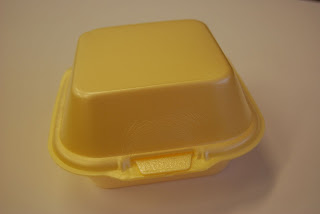Podcasting is as easy as pie!
Students like to learn using an audio format. There are many benefits for them; it’s something they can do whilst sitting on a bus or walking to school, they don’t require a pen and it means they can stick their headphones in and no one knows they are actually revising rather than listening to the latest drum and bass track. For some, it’s an invaluable method to digest and retain information.
However, teachers can feel they have neither the technical knowledge nor the confidence to make audio recordings. I felt this way initially, but after taking the plunge, I’m now a podcasting convert. Here’s a quick starter guide…
The Recipe
The Ingredients
- A computer/ laptop
- Audacity software (free download, VERY easy to use)
- LAME software (also a free download)
- Headphones
- Microphone
The Method
- Planning
Draw up a mind map of what you want to cover. It doesn’t have to be too detailed at all. I give a copy of the mind map to students as they like having the framework in front of them when they listen through initially. This aids memory by organising the information for them. I tell them to listen and pause the recording so that they can make notes onto the mind map. It gives them a visual record of what is said too, which they can add to their files.
- Record
Press ‘record’. Talk your way round the mind map. Don’t worry about mistakes, simply correct them. You’re aiming to make it natural. Talk as you would in class. It does feel weird initially, but ignore any self consciousness and babble away.
- Upload
For MP3 format you will need the LAME software. Follow the instructions or enlist help if needed, you’ll only need to be shown once!
Three Top Tips
- Don’t edit!
Students hear all your 'umm's and 'ahh's on a daily basis anyway. It also saves time. My recordings are not slick, but natural! - Don’t listen back!
Listening to yourself is excruciating. I think I sound like Minnie Mouse. Be brave. Just upload! - Don’t forget to personalise!
You are making recordings for your students, so refer to class activities they may have experienced.
I can’t emphasise enough how easy it is once you’ve got going. Try it when you have some time... (now there’s the main problem). Happy podcasting!
Eleanor Hills
Subject Leader Psychology and Sociology
Roundhay School





